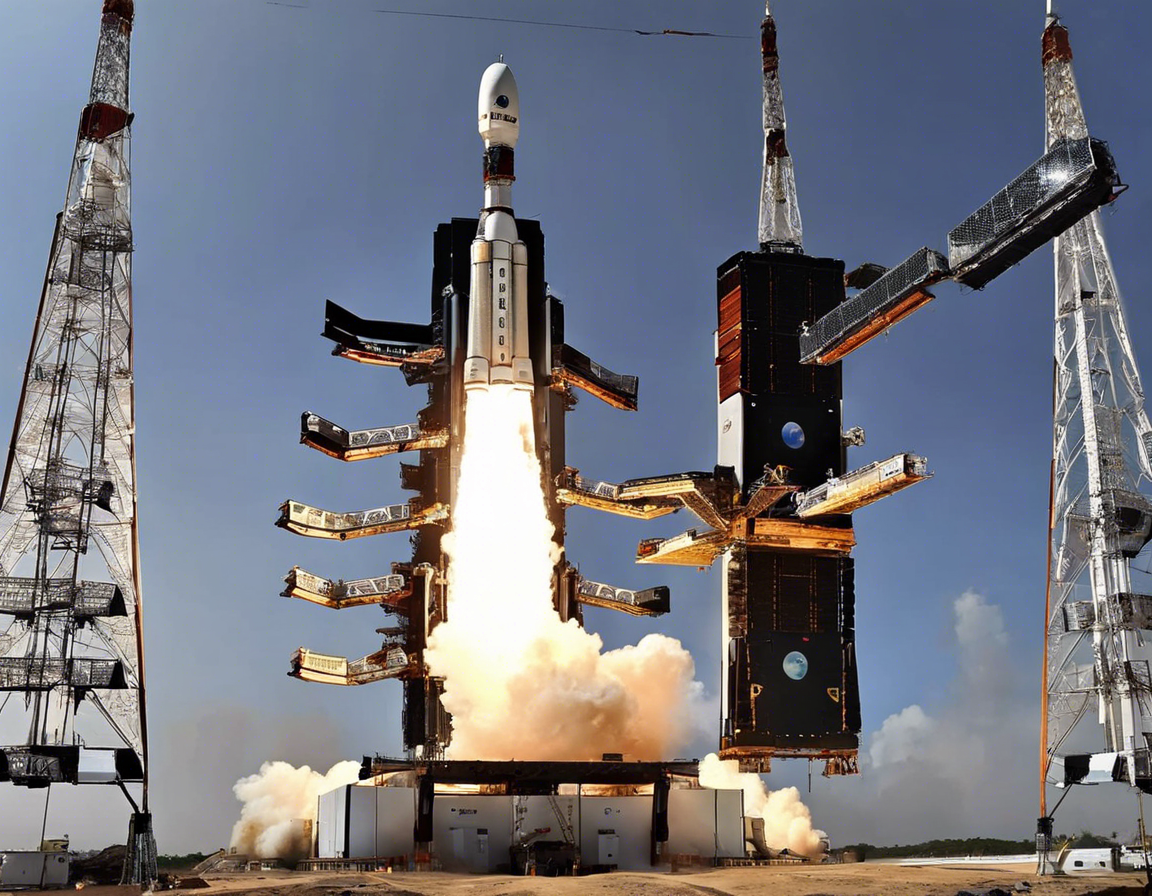As of my knowledge cutoff, Chandrayaan 3 is an upcoming mission by the Indian Space Research Organization (ISRO) that aims to land a rover on the Moon. The mission is a follow-up to Chandrayaan 2, which unfortunately faced challenges during its landing attempt in September 2019. However, up-to-date information on the exact landing time of Chandrayaan 3 is subject to change, so it’s vital to consult official sources such as ISRO’s website, press releases, or official social media channels for the most recent updates.
Chandrayaan 3 Mission Overview
Chandrayaan 3 is significant for India’s space exploration ambitions, as it represents another step towards advancing lunar research and technology. The mission’s primary objective is to achieve a successful soft landing on the Moon and deploy a rover to explore the lunar surface.
Challenges and Learnings from Chandrayaan 2
Chandrayaan 2, India’s previous lunar mission, faced challenges during its historic landing attempt on the Moon’s south pole. Despite the Vikram lander losing communication with mission control in the final moments of descent, the orbiter component of Chandrayaan 2 continues to function successfully, providing valuable data to scientists and researchers.
Enhancements in Chandrayaan 3
In response to the lessons learned from Chandrayaan 2’s landing attempt, ISRO has made improvements and enhancements in the Chandrayaan 3 mission design. These enhancements aim to address the challenges faced previously and increase the chances of a successful soft landing on the lunar surface.
Timeline Leading to Chandrayaan 3 Launch
The timeline leading to the launch and landing of Chandrayaan 3 involves several crucial stages, including mission planning, spacecraft development, integration, testing, and launch preparations. Each stage is essential for ensuring the mission’s success and minimizing risks associated with lunar landings.
Key Features of Chandrayaan 3
The Chandrayaan 3 mission incorporates advanced technologies and scientific instruments to facilitate lunar exploration and research. Some of the key features of the mission include the rover’s mobility, communication systems, imaging capabilities, and scientific payloads designed to study the lunar surface composition and geology.
Future Prospects for Lunar Exploration
Chandrayaan 3 represents India’s continued commitment to space exploration and scientific endeavors. The mission’s success will not only enhance India’s space capabilities but also contribute valuable data to the global scientific community’s understanding of the Moon’s geology, resources, and potential for future manned missions.
Frequently Asked Questions (FAQs) about Chandrayaan 3
- What is the purpose of Chandrayaan 3?
-
Chandrayaan 3 aims to achieve a successful soft landing on the Moon and deploy a rover to explore the lunar surface.
-
When is Chandrayaan 3 scheduled to launch?
-
The exact launch date of Chandrayaan 3 is subject to change, so it’s essential to follow updates from ISRO for the most recent information.
-
How does Chandrayaan 3 differ from Chandrayaan 2?
-
Chandrayaan 3 builds upon the lessons learned from the Chandrayaan 2 mission to enhance its design and increase the probability of a successful lunar landing.
-
What scientific instruments will Chandrayaan 3 carry?
-
Chandrayaan 3 will be equipped with scientific payloads to study the lunar surface composition, geology, and other pertinent aspects of the Moon.
-
Will Chandrayaan 3 contribute to future manned missions to the Moon?
-
The data and insights gathered from Chandrayaan 3 could potentially inform and support future manned missions to the Moon by India or other space-faring nations.
-
How can I stay updated on Chandrayaan 3’s progress?
- You can stay informed about Chandrayaan 3 through ISRO’s official website, press releases, social media updates, and reputable news sources covering space exploration.
In conclusion, Chandrayaan 3’s upcoming mission represents a significant milestone in India’s space exploration endeavors and underscores the country’s commitment to advancing scientific research and technology in space. Stay tuned for further updates on the mission’s progress and eventual landing on the Moon.
